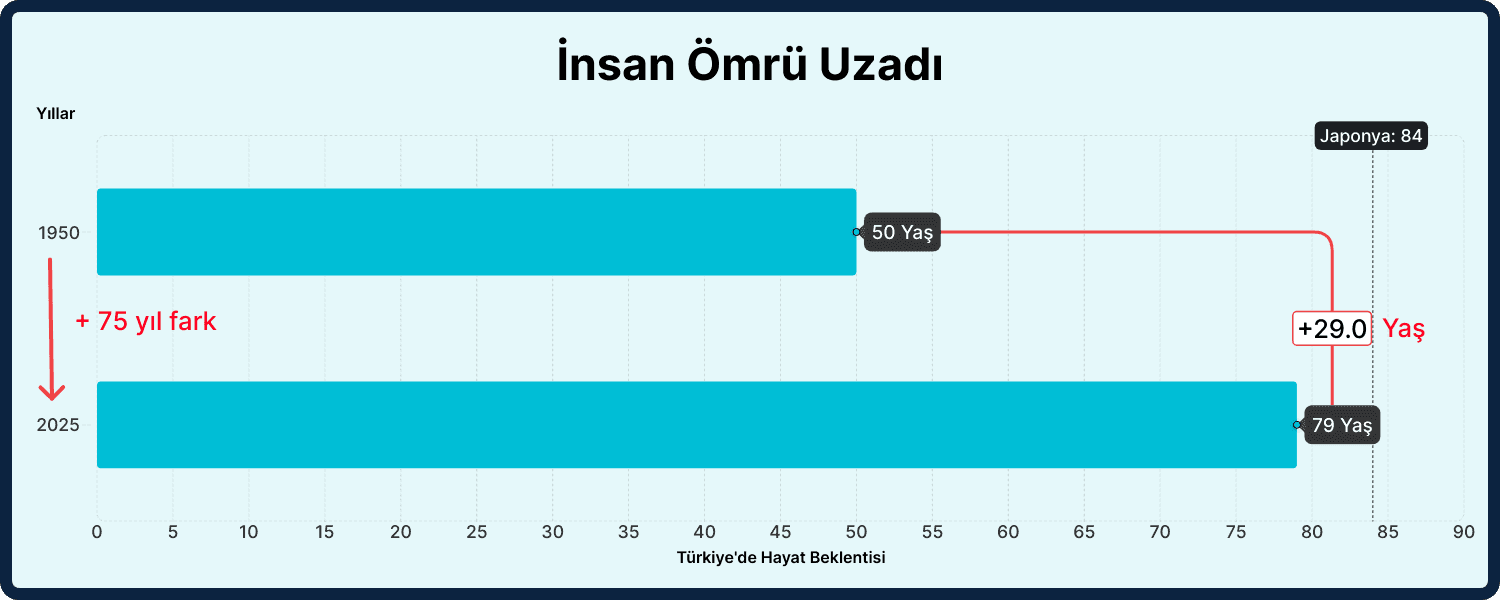Vision Mission
The world is facing a critical challenge: while our lifespan has increased dramatically over the past 50 years, we are not equipped to sustain a long, healthy life. Our healthcare systems, governments, and individuals are still largely unprepared for the implications of this extended lifespan, especially regarding long-term health. Just as every car undergoes regular evaluations to ensure it is fit for the road, why don’t we have the same system for humans?
Preventive health
It’s time to shift the paradigm. The current approach to health is largely reactive—focusing on disease management rather than prevention. The Fitness Check-Up protocol, combined with the FitSkor® scoring system, offers a proactive approach to health by clearly defining fitness and health in measurable, actionable terms. Instead of waiting for diseases to arise, we can now evaluate fitness and health in advance, providing individuals with the tools to take control of their health before problems begin.
Occupational Stress
One of the major challenges we face today is occupational stress, which has become an epidemic, causing burnout and significantly impacting the workforce.
Exercise is the most effective tool to combat burnout, but understanding which fitness components are most relevant for this issue is crucial.
The Fitness Check-Up system helps identify the most important components for managing stress and building resilience in the workplace.
Sarcopenia
Additionally, as the global population of elderly individuals grows, sarcopenia becomes a critical issue. Sarcopenia is the loss of muscle mass and strength that comes with aging. It leads to a higher risk of falls, fractures, loss of mobility, and premature death.
This not only affects individual quality of life but also puts significant strain on healthcare systems worldwide. Through targeted exercise strategies, we can combat sarcopenia, improve quality of life, and reduce the financial burden on healthcare systems.
Health promotion
Fitness Trends vs. Personal Fitness Needs
In the world of fitness, trends often take center stage, driven by powerful brands and extensive marketing. These trends can pull people in, making them feel they need to follow the latest fitness craze. However, not every trend is right for every individual. Whether it's a new workout type or a fitness gadget, trends tend to attract attention based on their popularity and the resources behind them, not their relevance to an individual’s unique needs
This is where our system differs. Instead of jumping into trends, we begin by evaluating the individual's unique fitness needs. Once we have an understanding of their specific goals, health status, and physical capacity, we provide them with a personalized roadmap. With this data, individuals are empowered to choose the fitness trends or methods that are most suitable for them, ensuring that their approach to fitness is aligned with their real needs, rather than being swayed by popular fads.
By prioritizing the individual’s needs over trends, we ensure that people aren’t just following what’s popular—they are choosing what’s right for their long-term health and fitness.
Shifting Focus on Children’s Fitness Education
An important aspect of this vision is shifting the way we educate children about fitness. For far too long, the focus has been primarily on sports, while exercise as a lifelong health habit has been largely neglected. It’s crucial that children learn about exercise not just as part of sports, but as a tool for overall health and wellness. This shift will provide them with the foundation to develop healthy habits that will last throughout their lives, regardless of whether they excel in competitive sports. Every child deserves the opportunity to learn how to take care of their body and improve their fitness—not just for performance, but for long-term health and well-being.
Additionally, it is time to evaluate children not only in traditional subjects like math, language, or science but also in terms of their actual physical state in physical education classes. Health should be just as critical a measurement as academic performance, if not more so. Grading children based on their fitness and physical capabilities will help underline the importance of health in their overall development, ensuring they understand that taking care of their bodies is just as vital as any other skill.
Together, we can make the world healthier, stronger, and more resilient for generations to come.







